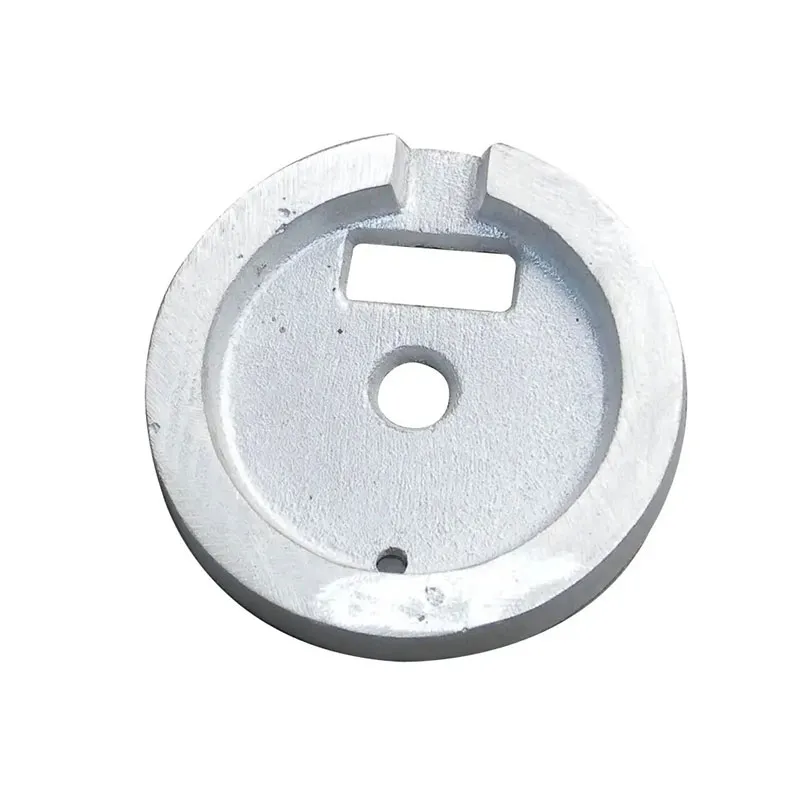Exploring the Advantages and Applications of Copper Die Casting in Modern Manufacturing
Copper Die Casting An Overview
Copper die casting is a manufacturing process that has gained traction in various industries due to its unique benefits and applications. This method involves pouring molten copper into a metal mold, allowing it to solidify into a desired shape. The process is efficient, precise, and produces high-quality components, making it an attractive option for manufacturers looking to enhance their production capabilities.
The Process of Copper Die Casting
The die casting process begins with the preparation of copper alloy, which typically includes copper, zinc, and sometimes other metals to enhance the properties of the final product. The chosen alloy is heated in a furnace until it reaches a molten state, at which point it can be injected into a die. The die, usually made of hardened steel, is carefully designed to create the intricate shapes and structural features required by the end application.
Once the molten copper is injected into the die under high pressure, it fills every nook and cranny of the mold, ensuring precise and consistent dimensions. After a brief cooling period, the mold is opened, and the die-cast copper component is ejected. This cycle can be repeated numerous times with minimal waste, making copper die casting both economical and environmentally friendly.
Advantages of Copper Die Casting
One of the most significant advantages of copper die casting is its ability to produce complex geometries with tight tolerances. This precision is crucial in industries such as automotive, aerospace, and electronics, where even minor deviations can impact performance and safety. Copper's excellent thermal and electrical conductivity also makes it ideal for components that require efficient heat dissipation or electrical connections.
Additionally, copper die casting often results in a smoother surface finish compared to other casting methods. This not only enhances the aesthetic appeal of the components but also reduces the need for extensive finishing processes, saving both time and money in production.
Another notable advantage is copper's inherent resistance to corrosion and wear. Components made from copper alloys retain their properties over a long lifespan, making them suitable for demanding applications. For instance, electrical connectors and heat exchangers made through copper die casting are known for their durability and reliability.
copper die casting

Applications of Copper Die Casting
Copper die casting is widely used in various sectors, thanks to its versatility. In the automotive industry, components such as fittings, brackets, and housings benefit from the strength and lightweight properties of die-cast copper. In electronics, connectors and heat sinks manufactured through this process are essential for optimal device performance.
Moreover, the aerospace industry employs copper die casting to create lightweight yet durable parts that can withstand extreme conditions. The marine sector also values copper components for their resistance to corrosion in harsh environments.
Challenges and Considerations
Despite its many advantages, copper die casting is not without challenges. The high melting point of copper requires specialized equipment and materials, which can lead to higher initial setup costs compared to other metals like aluminum or zinc. Additionally, the process requires meticulous temperature control and cooling rates to prevent defects such as porosity or warping.
Furthermore, while copper offers excellent conductivity and durability, it is also heavier than many alternative materials, which may be a consideration in applications where weight is a critical factor.
Conclusion
Copper die casting stands out as a critical manufacturing process that combines precision with durability, catering to a broad range of industries. Its ability to produce high-quality components that meet stringent performance standards makes it an invaluable technique in modern manufacturing. As technology continues to advance, the applications and efficiencies of copper die casting are likely to expand, solidifying its role in shaping the future of manufacturing. Whether it's in automotive, aerospace, or electronics, the promise of copper die casting remains bright.
-
Crawler Drilling Rig - Baoding Hairun|Confined Space Drilling&Mine SafetyNewsAug.15,2025
-
Drill For Confined Spaces-Crawler Mounted Drill Rig | Crawler Drill Rig for SaleNewsAug.15,2025
-
Premium OEM Auto Parts & Stamping - Reliable ManufacturersNewsAug.15,2025
-
Crawler Drilling Rig for Confined Spaces-Baoding Hairun MachineryNewsAug.15,2025
-
Drill For Confined Spaces - Baoding Hairun Machinery And Equipment Trading Co., Ltd.NewsAug.15,2025
-
Advanced Crawler Drilling Rig - Baoding Hairun Machinery | Underground Mining SolutionsNewsAug.14,2025















